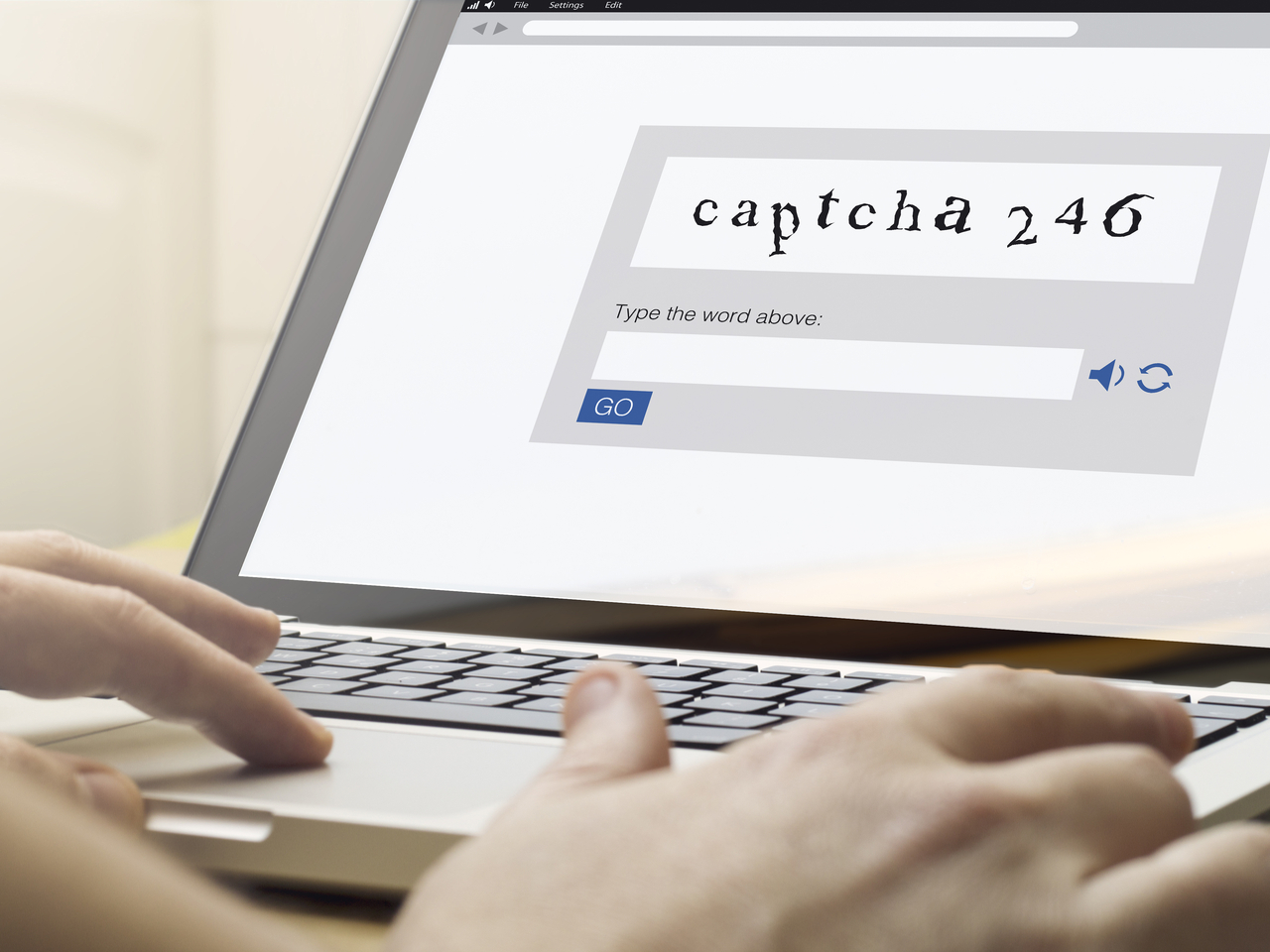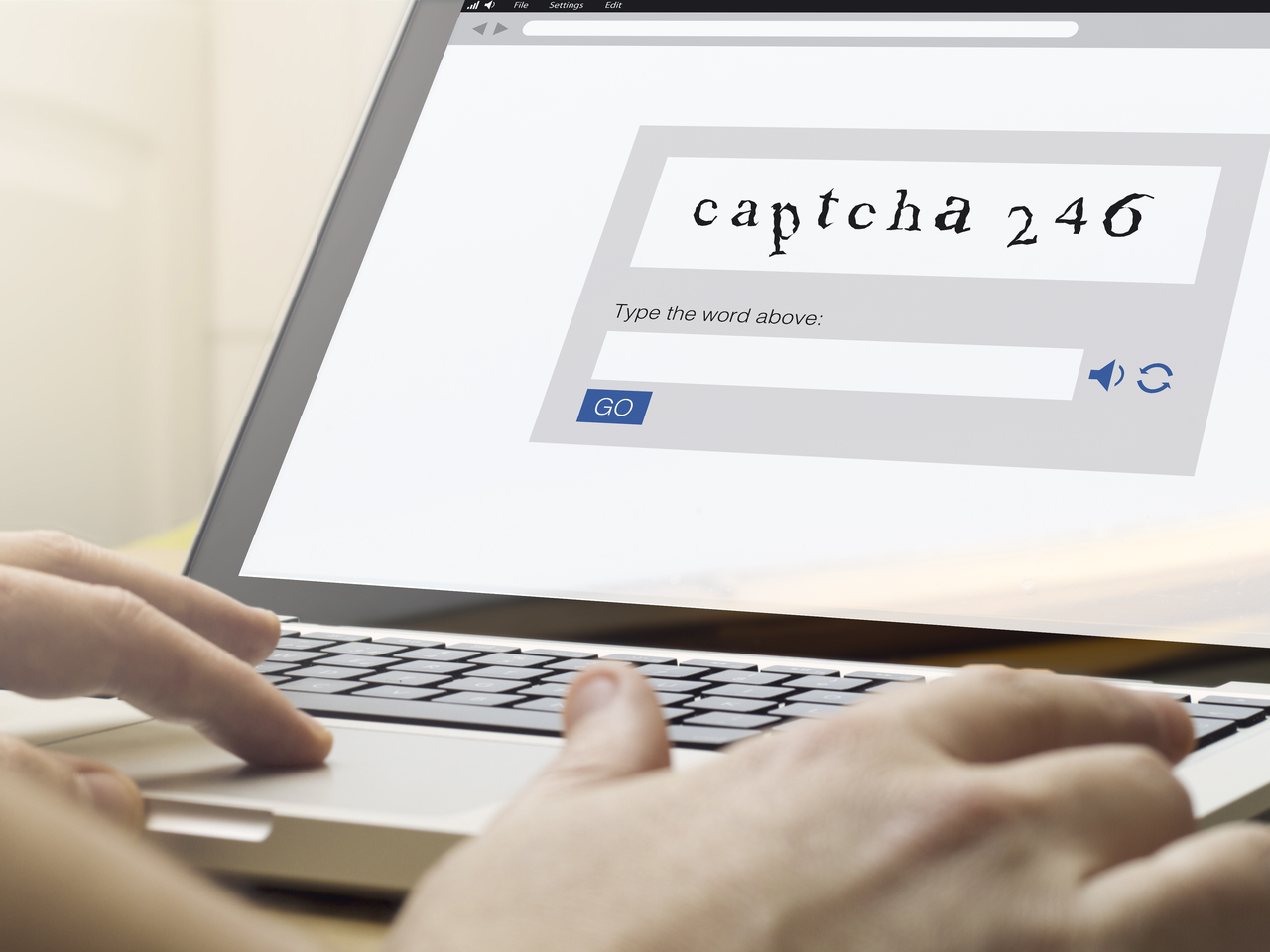
Unusual Activity Detected: Are You Human?
In the digital age, the line between human and machine is becoming increasingly blurred. As technology advances, so do the methods to distinguish between the two. Recently, a message that has become all too familiar to internet users has resurfaced: “We’ve detected unusual activity from your computer network. To continue, please click the box below to let us know you’re not a robot.”
This simple prompt, designed to filter out bots and ensure a human presence, raises questions about privacy, security, and the evolving nature of online interactions.
The Rise of Captchas
The tool behind this message is known as a CAPTCHA, which stands for Completely Automated Public Turing test to tell Computers and Humans Apart. Initially developed to prevent automated bots from spamming websites, CAPTCHAs have evolved into a ubiquitous feature of the internet landscape.
CAPTCHAs come in various forms, from selecting images that contain specific objects to deciphering distorted text. The goal remains the same: to verify that the user is indeed a human and not a malicious script.
 CAPTCHA Security
CAPTCHA Security
Balancing Security and User Experience
While CAPTCHAs serve a crucial security function, they also introduce friction into the user experience. Users often find themselves frustrated by multiple rounds of image verification or squinting at distorted text, questioning whether proving their humanity should be this challenging.
The trade-off between security and convenience is a delicate one. As online threats grow more sophisticated, websites must implement robust security measures to protect user data. However, these measures should not come at the cost of user experience.
The Human Element
At the core of the CAPTCHA dilemma lies the essence of what it means to be human. Our ability to recognize patterns, interpret images, and solve puzzles sets us apart from machines. CAPTCHAs leverage these uniquely human traits to verify our identity in the digital realm.
As we navigate an increasingly automated world, the simple act of clicking a box to confirm our humanity serves as a reminder of the human touch that underpins our online interactions.
Embracing the Challenge
While CAPTCHAs may present a temporary inconvenience, they also represent an opportunity to showcase our cognitive abilities. By successfully completing these tests, we affirm our status as thinking, reasoning beings capable of overcoming technological barriers.
So, the next time you encounter the familiar prompt asking you to prove you’re not a robot, embrace the challenge. It’s not just a test of your humanity; it’s a celebration of what makes us uniquely human in a digital world.
This article was written by Riley Emerson, a former software engineer turned cryptocurrency enthusiast with a passion for exploring the intersection of technology and humanity.















